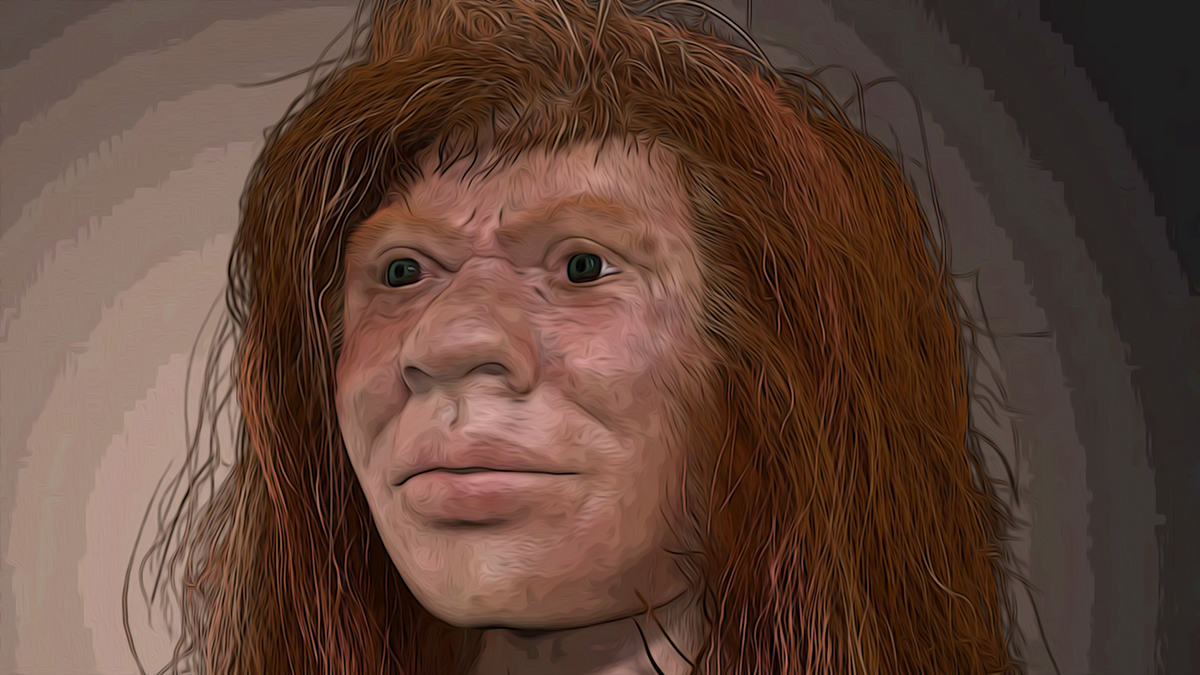For all that the outdated notion of a ‘missing link’ refuses to go away, the broad outline of human evolution is pretty well understood. But, within the broad brush of the “ascent of man”, there’s still plenty of fine detail left to be filled in. Among them, the exact relationship between homo sapiens and other species within the homonid genus.
New fossil finds keep providing some surprising answers. Especially finds from a cave literally named after some bloke named Denis (I’m not making that up).
The existence of the Denisovans wasn’t uncovered until 2010, but since then we’ve learned more and more about them.
Neanderthals and Denisovans were probably the same group originally. But, sometime over 390,000 years ago, they separated and evolved into two distinct, but closely related, populations.
They coexisted in Eurasia for a long time. Although Denisovans are only known from bones found in one location – the Denisova Cave in Siberia.
Neanderthals also inhabited the cave, but the question was: did they inhabit it at the same time? A recent discovery showed that they were indeed co-habiting – in every sense of the word.
A 13-year-old girl who died over 50,000 years ago may not have had a long time alive on this planet, but she was in fact very special. Millennia later, a fragment of her skeleton reveals that she was the first-generation result of a mating between two different species of hominin.
Her mum was a Neanderthal, and her dad was a Denisovan, genome sequencing has revealed. So this tiny sliver of her remains represents direct evidence that the two species were interbreeding.
Science Alert
But humans (sapiens or otherwise) being the randy monkeys that we are, Denny (as she has been dubbed) was far from the only offspring of a prehistoric mixed marriage.
In a 2019 study analyzing the tangled mess of humanity’s prehistory, scientists used artificial intelligence (AI) to identify an unknown human ancestor species that modern humans encountered – and shared dalliances with – on the long trek out of Africa millennia ago.
“About 80,000 years ago, the so-called Out of Africa occurred, when part of the human population, which already consisted of modern humans, abandoned the African continent and migrated to other continents, giving rise to all the current populations,” explained evolutionary biologist Jaume Bertranpetit from the Universitat Pompeu Fabra in Spain.
And while they were moving Out of Africa, the ancient homo sapiens were banging pretty much anything that got in their way.
Up until recently, these occasional sexual partners were thought to include Neanderthals and Denisovans, the latter of which were unknown until 2010.
But in this study, a third ex from long ago was isolated in Eurasian DNA, thanks to deep learning algorithms sifting through a complex mass of ancient and modern human genetic code.
Using a statistical technique called Bayesian inference, the researchers found evidence of what they call a “third introgression” – a ‘ghost’ archaic population that modern humans interbred with during the African exodus.
It’s believed that this population was either related to the Neanderthal-Denisova family that included Denny, or were an early branch of the Denisova family itself. But the skeletons are falling out of the human family closet, thick and fast.
Also in 2018, another team of researchers identified evidence of what they called a “definite third interbreeding event” alongside Denisovans and Neanderthals, and a pair of papers published in early 2019 traced the timeline of how those extinct species intersected and interbred in clearer detail than ever before.
Science Alert
So, maybe expect some extra surprises in your Ancestry DNA test results.

